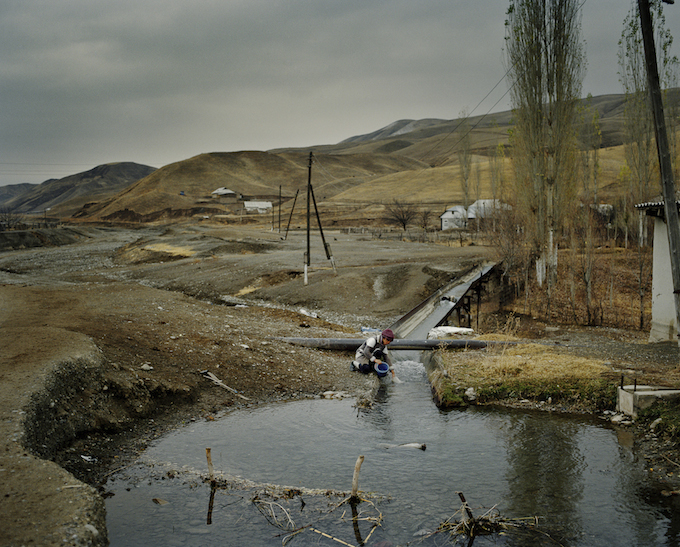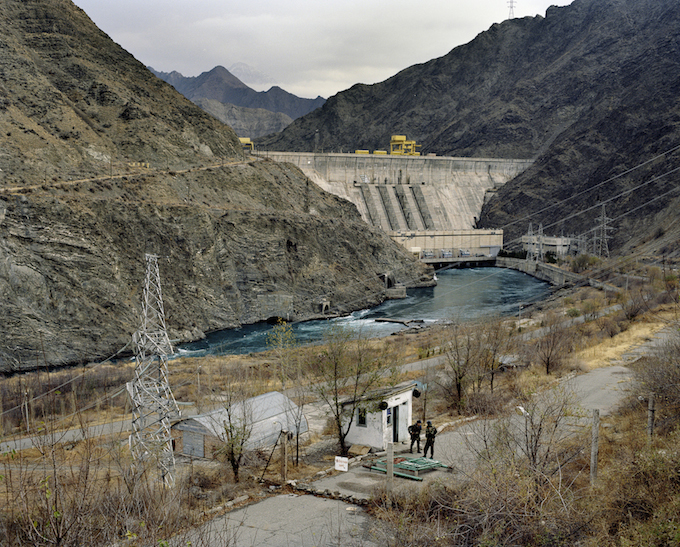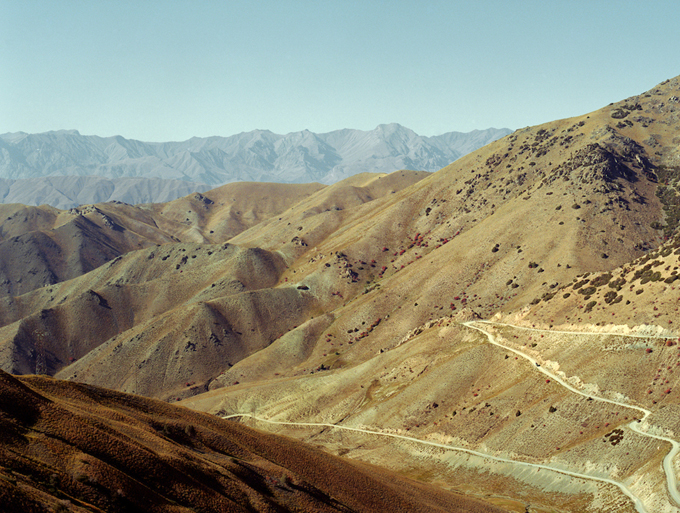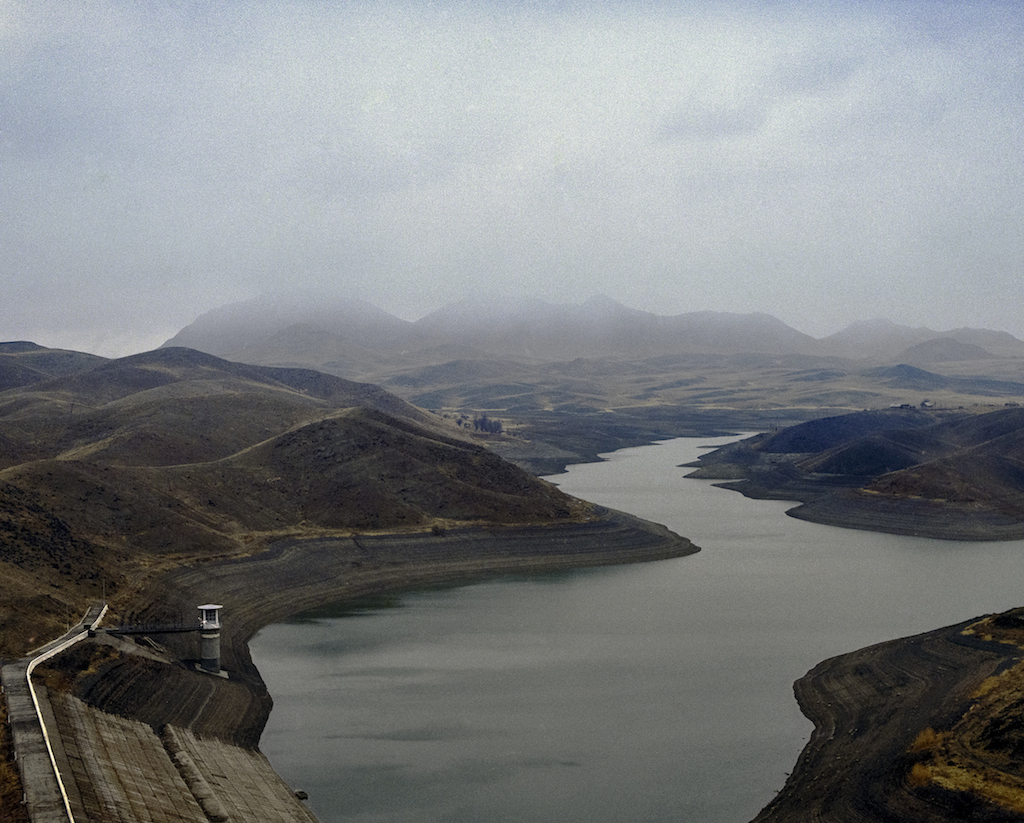Water scarcity is an omnipresent plight in the developing world. Today 780 million people lack access to drinking water. By 2030 nearly half the world’s population will inhabit areas of “high water stress,” according to the Organization for Economic Cooperation and Development. In Central Asia the lack of the precious resource not only traps people in situations of dire need and sanitary hazard; it also foreshadows the rise of “water wars”—cross-border skirmishes over access to water that aggravate ecological strife and give it sharp political overtones.
Central Asia is divided into water-rich upstream and water-poor downstream states. The fact that Tajikistan and Kyrgyzstan, the upstream countries, have the two weakest economies in the region might be seen as nature’s way of offsetting material poverty with ecological abundance. Still, the balance of resources in Central Asia is far from a happy one. Currently some Kyrgyz lawmakers are toying with the idea of cutting the flow of water to semi-arid Uzbekistan, the nation with the region’s largest population and standing army, after Uzbekistan cut gas supplies to Kyrgyzstan’s southern city of Osh in April.

Finding safe drinking water is difficult in the Batken region of Kyrgyzstan. Due to the many dams nearby, rivers dry up, and people find themselves forced to fight for every drop of water. Photo by Fyodor Savintsev / Salt Images, 2012.
Uzbekistan’s decision to cut Osh’s gas may well have its origins in a long-running water dispute. Officials in Tashkent, the capital of Uzbekistan, are aghast at Kyrgyz and Tajik plans to build giant hydroelectric dams upstream of the Syr Darya and Amu Darya rivers. Uzbekistan relies on these water sources for its strategically vital agricultural sector, and fears the dams will provide difficult neighbors with the leverage to delay the release of water. In 2012 Uzbekistan’s president, Islam Karimov, warned that moving forward with these plans without regard for downstream states like Uzbekistan and Kazakhstan could lead to a full-blown war.

Military officers guard the entrance to the Kambaratinsk Dam on the Naryn River. The Kambar-Ati-1 Hydro Power Plant at the base of the dam, largely financed through a $2 billion Russian aid package, will have a capacity of approximately 1,900 megawatts. Photo by Fyodor Savintsev / Salt Images, 2012.
Water problems are not limited to conflicts between the region’s states, but extend to clashes within states and between communities living in them. They also arise from crumbling Soviet-era infrastructure. Upstream Kyrgyzstan, for instance, loses a third of its water wealth through holes in decaying irrigation networks. This problem is critical in rural areas, where large amounts of water are crucial for the growth of crops. To keep produce from drying out, desperate Kyrgyz villagers have set up handmade dams that divert the local rivers and make irrigation accessible. Their actions have led to drought in downstream communities. In areas like the Kyrgyz region of Batken, where few can objectively verify where Kyrgyzstan ends and Tajikistan starts, violent clashes between Kyrgyz and Tajik villagers over irrigation water have become commonplace. Both sides accuse the other of stealing.
But Central Asia’s water scarcity is just a snapshot of a broader crisis with grave consequences for the whole Asian continent, according to several Russian scientists studying the ramifications of the water shortage. In China, a giant population and large-scale commercial activities are placing huge pressure on the Illi and Irtysh rivers, both of which flow into Kazakhstan, the latter connecting with the Ob in Russia. Further draining of the Ob-Irtysh basin will cause irreparable damage to all of Asia, threatening vast expanses of fertile lands, jeopardizing the fishing industry and severely harming the Russian part of the Arctic Ocean.

View of the road through Kyrgyzstan’s Kalmak-Ashu Pass, which is more than two miles above sea level. Photo by Fyodor Savintsev / Salt Images, 2008.
Central Asia’s water conflicts are often perceived as local skirmishes of little significance to the rest of the world. But as the water levels in the region diminish with every passing year, the anguish of dry spells will drive more and more people to enter into conflict. A point of no return for this socio-ecological disaster is drawing nearer. Shedding light on the situation is of pivotal importance today, while there is still time to prevent the water shortages—and the wars that will come with them—from spreading.
This piece, commissioned by Creative Time Reports, has also been published by Foreign Policy. It was made possible, in part, thanks to the generous support of the Trust for Mutual Understanding.


